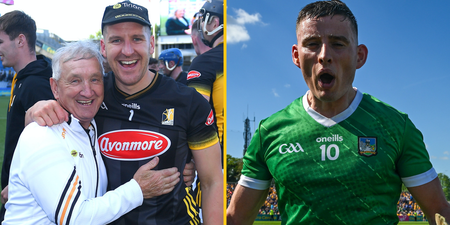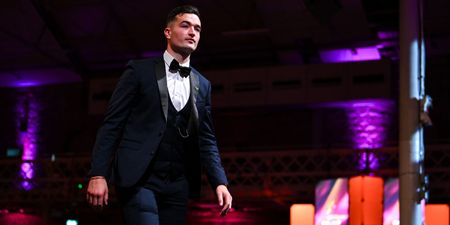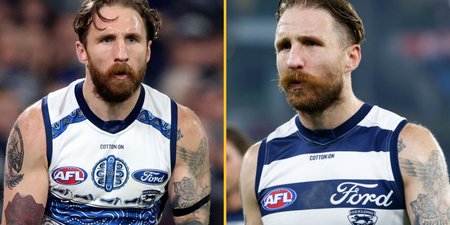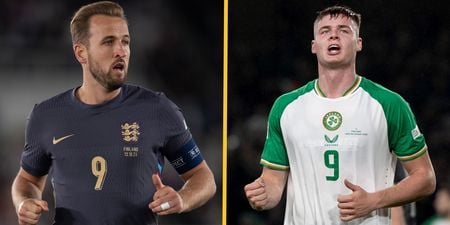When the tide turned on Gaelic football, and everyone started to hate it there sometime around the 2010s, it usually came back to one of two things.
Blanket defences were a God-forsaken eye-sore, a pandemic that originated in the Hills of Donegal and then swept the country until you wouldn’t see a ball without 15 men behind it. It would be harsh to blame someone for closing their eyes. Just as bad was the predictability of it all, as hand-passes went over and back with something close to military precision.
If there was a lesson to be learned from it all, then it would have it be about chaos and unpredictability, and how these are the things that make sport beautiful. If you’ve listened close enough over the last twenty or thirty years, it wouldn’t have been once or twice when you’d have heard a hurling person like Ger Loughnane or Tomás Mulcahy or Anthony Daly getting carried away as they talked about the ‘disorganised chaos’ in their beautiful game.
That’s why we love it, they’d say, that’s what it’s all about.
Now Henry Shefflin isn’t saying that the game is gone, far from it, all he’s saying is that, with the modern method of short-passing and long-shooting, hurling’s chaos has been replaced by its predictability. Why would you send a long ball into the full forward after all, when you could just stick it over the bar yourself?
“When I was playing, you could end up with a wet, heavy sliotar out of someone’s bag,” says Henry at the launch of Allianz’ League Legends Show.
“But now, every ball is on the money. I wouldn’t be drastic enough to say do it now (make the sliotar heavier,) But I do think a free-taker coming back, I’ve done this myself so I’m a bit of a hypocrite. But a free-taker coming back 100, 110 yards to strike a ball over the bar…It’s probably taking that entertainment value out of it.”
At the top level, short passes rarely go astray and long shots always go dead which results in a more formulaic spectacle. The lack of crowds has also taken away from the excitement, according to Henry, who feels that sometime down the line, the prospect of a heavier sliotar might have to be considered.
“That physical contact of the one-to-one battles is gone out of it a little bit. I think the entertainment value of not having spectators there last year didn’t help and it hasn’t helped so far this year. I think that will improve it. So I don’t see a drastic [decline]. I think we’ve seen some great games. I think it’s too quick to jump, we haven’t had… I think Waterford-Kilkenny last year with a full house would have been a marvellous game, and obviously some of the semi-finals the previous year as well.
“I think just like football, it will evolve, and teams will realise that they can’t maybe out-point Limerick so they will have to get a couple of goals. How do you do it? ‘Maybe instead of going through the lines, we go through the lines to a certain phase, and have a target man, or someone inside that’s going to stay close to the goals, and let’s get some balls in there and try and muster up a couple of goal opportunities and take advantage of that.”
Anyone who’s been hurling since the 90s or even the 2000s will tell you that the sliotars have been getting gradually lighter which makes them easier to strike, control and catch.
“If you took a picture of the balls (back then),” Henry adds, “the rims used to be so much heavier. You could have a wet ball that could have been used at training on a Thursday night, the cover of it might be after swelling a little bit. Those balls could end up in the match. So you’ve often seen it years ago, where we were throwing out balls, trying to get a new ball in and stuff like that. That doesn’t happen now, because the consistency is so strong.
“So it’s one I would keep an eye on. Whether it’s the sliotar, the composition of the sliotar, whether it’s something drastic like not letting you score from a certain range from frees.”
Imagine having two All-time greats in the one forward line 👆
Kilkenny, 2000. pic.twitter.com/3ys9qFBTUl
— GAA JOE (@GAA__JOE) June 2, 2021
“The balls themselves, I don’t have enough detail on this, but I do know there’s so many people making these balls now. There’s a lot of them coming in from overseas. That again goes back to what is the consistency of it? And should we just have a couple of people that are the official balls? And that’s basically it.”
As for the Kilkenny team, the former captain has been mightily impressed by Billy Ryan, James Bergin and Darragh Corcoran, in particular, Corcoran having rose through the ranks in Ballyhale Shamrocks.
“I think the culture is probably there (in Ballyhale) I think the set up is very strong now. We had some great people involved that were there year in, year out and probably still there. I’m thinking of someone like TJ Reid’s father, Sean, who was training every under-12 and under-14 team all up along so I think everyone touched off him but I do think… I think the culture and when you see teams winning at the top level, my own young fellas are watching Michael Fennelly or Colin or TJ winning, they want to go down to the field and play so that’s no different here in Ballyhale.
“Darragh Corcoran would have played on a minor team that wouldn’t have been that strong but we just had those players come through and develop and make it up to senior pretty quickly which is great to see.”
Henry’s focus though, is on the Thomastown intermediates, who having lost the last two county finals, will hope to be inspired over the line by the man who’s crossed it so many times before.
“Thomastown are not too far away from me and I enjoyed doing what I was doing with Ballyhale and I suppose when the opportunity afforded itself I said, ‘Why not?’ So just looking forward to getting back into it and really enjoying the first couple of weeks being back,” he adds.
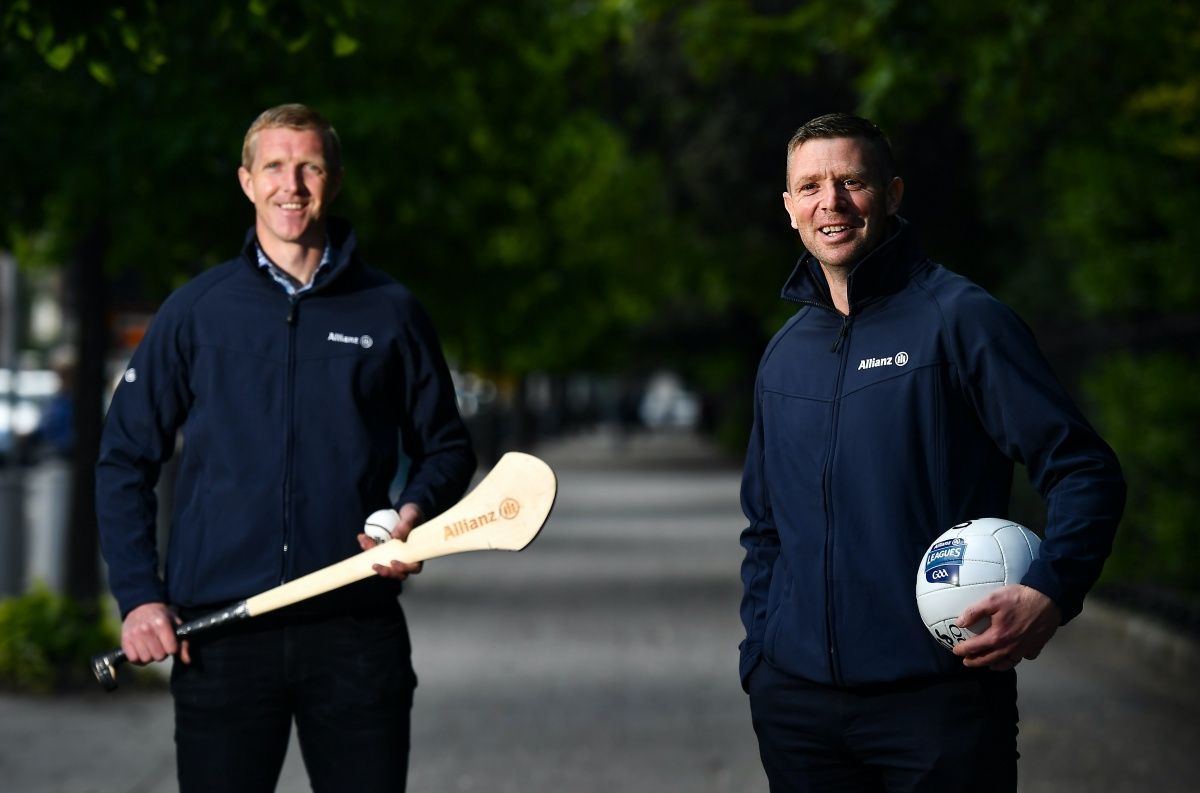 Kerry legend Tomás Ó Sé and Kilkenny legend Henry Shefflin pictured at the launch of the Allianz League Legends series in Dublin today, which features the two stars reminiscing about their most memorable Allianz League moments. This year marks the 29th season that Allianz has sponsored the competition, making it one of the longest sponsorships in Irish sport.
Kerry legend Tomás Ó Sé and Kilkenny legend Henry Shefflin pictured at the launch of the Allianz League Legends series in Dublin today, which features the two stars reminiscing about their most memorable Allianz League moments. This year marks the 29th season that Allianz has sponsored the competition, making it one of the longest sponsorships in Irish sport.






